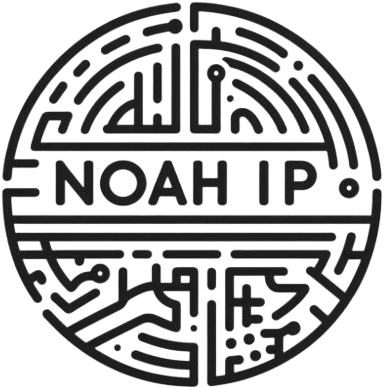In the fast-growing fields of precision and biomass fermentation, microbes are the heart of innovation. But often, the organisms driving your process aren’t developed in-house – and that creates critical licensing challenges that can make or break your business model.
Two key licenses need to be considered – both are essential:
1. Upstream Licensing – From the strain owner (often a university, strain bank, or biotech developer) to your company. This license grants the right to use the microorganism for R&D, scale-up, and commercial production. Without it, you’re building on sand.
2. Downstream Licensing – From your company to your B2B clients, especially if you deliver live organisms (e.g., for agricultural use) or sell ingredients where usage rights are restricted or regulated.
Commonly Used Organisms:
- Komagataella phaffii (formerly Pichia pastoris)
- Saccharomyces cerevisiae
- Corynebacterium glutamicum
- Escherichia coli
- Filamentous fungi (e.g., Aspergillus niger, Trichoderma reesei)
- Mycelial strains for biomass production
These strains are often genetically modified, and that’s where it gets even more complex.
What if you modified the strain? Does it become yours? Not necessarily.
Even genetically engineered variants of a third-party strain can still fall under the original owner’s IP rights. Many upstream licenses include reach-through clauses, covering derivatives, modified strains, or even genomic edits made using the original chassis. Companies that assume “we modified it, so we own it” risk breaching contracts or facing legal action.
Business Tip:
Never enter into downstream commitments (like supplying a product or signing a distribution deal) before securing your upstream license. Why?
Because if you don’t have clear rights to use the strain for commercial purposes, you can’t promise anything downstream. And if your upstream license is limited in scope, volume, geography, or field of use – those terms will ripple forward into every negotiation with customers or partners.
Strong IP clarity is not just a legal requirement – it’s a business asset. Investors and strategic partners know how to read the fine print.
If you’re unsure where your rights begin – or end – bring in an expert ASAP. Coincidently, I’m free tomorrow.






